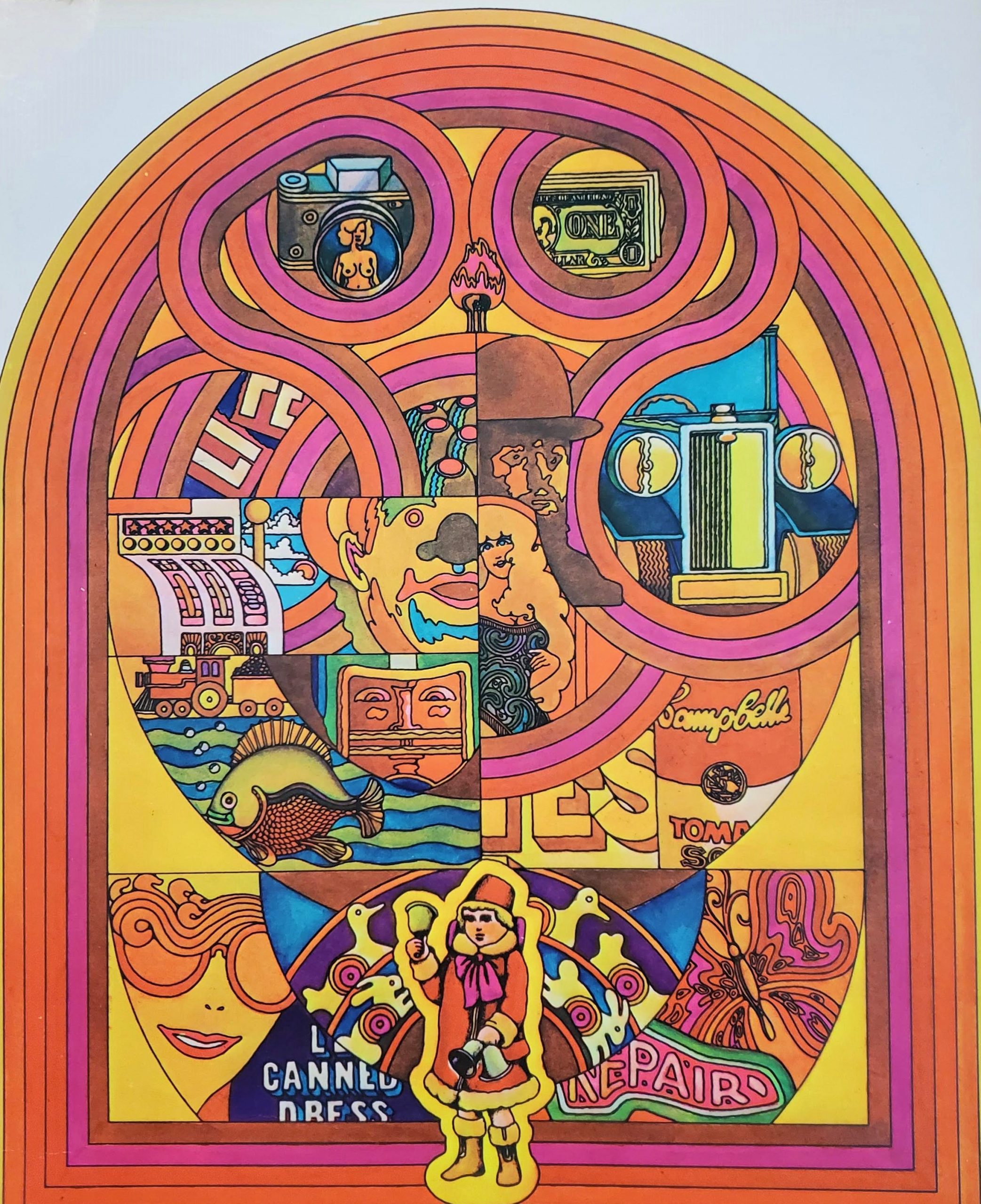printing
Strange Brew: Creating Fluorescent Pigments
The Golden State Scientist
Despite dying at only 28, Edward M. Haight (1863-1891) established a busy career as an enthusiastic naturalist, collector, taxidermist, and publisher. The Golden State Scientist is one of three serials that he edited in the late 1880s, and it is by far the scarcest. This was the only issue ever published, and only 450 copies made it into print, owing to “the many blunders made in the advertisements." Only about a dozen copies survive in libraries today.
Peregrinatio in Terram Sanctam
Kreuterbuch
The Kreuterbuch of Adam Lonicer (1528-1586), first published in 1557, is an early example of a bestseller—the book remained in print in various forms through 1783, which is a testament to its popular appeal. Although the name Kreuterbuch literally translates to “herb book,” and most of it is indeed about plants, a great deal of the book is devoted to describing the natures and uses of animals, metals, and gemstones.
Les Arts au Moyen Age et a l'Epoque de la Renaissance
Les Arts au Moyen Age et a l'Epoque de la Renaissance (The Arts in the Middle Ages and in the Renaissance) features chromolithographic plates and over 400 woodcuts. What truly makes this edition stand out is its elaborate use of gilt stamping. The red book cover is dotted and outlined with gold script, matching the bow-like design on the spine. Instead of the typical marbled paper, the book's inside covers feature a zig-zag pattern of black and gold lines, with designs of flowers, tassels, and letters in contrasting colors.

